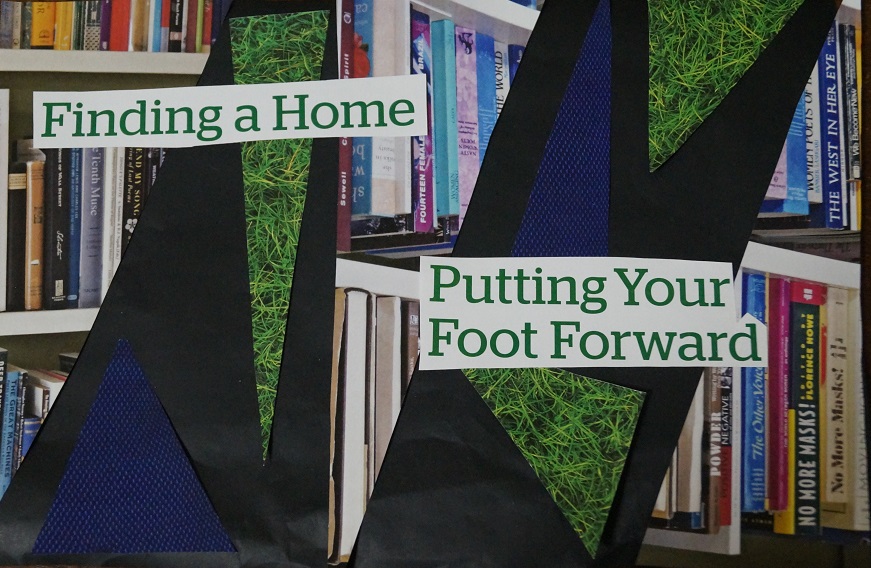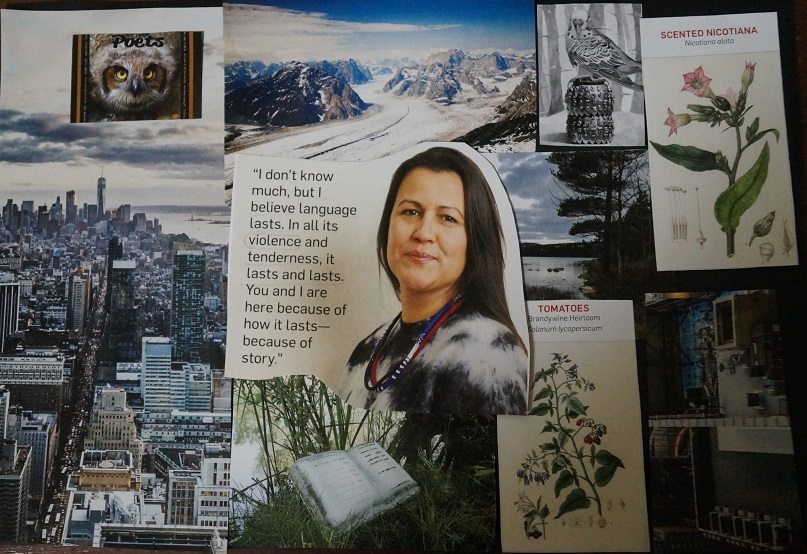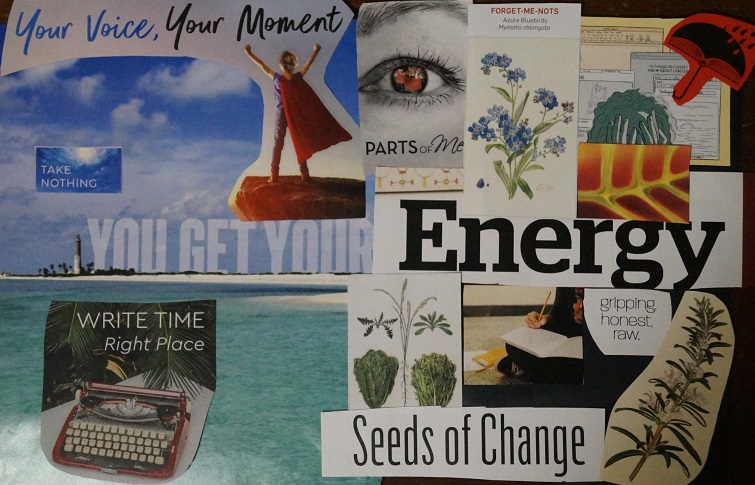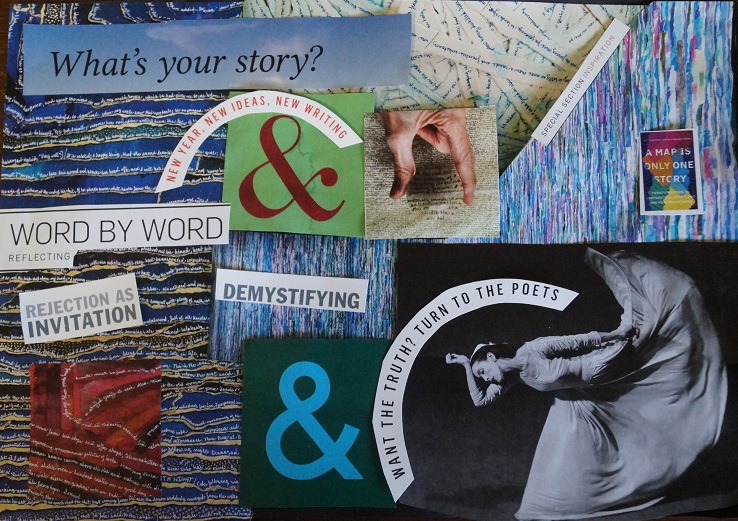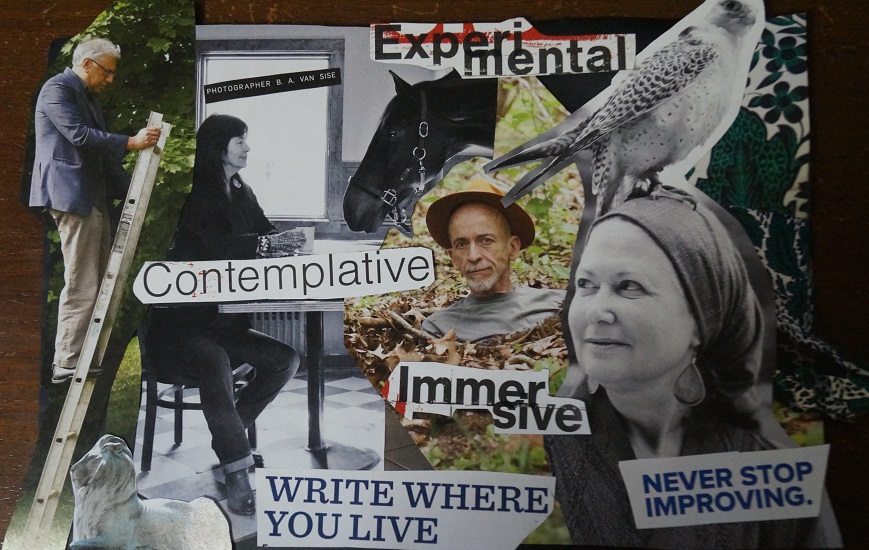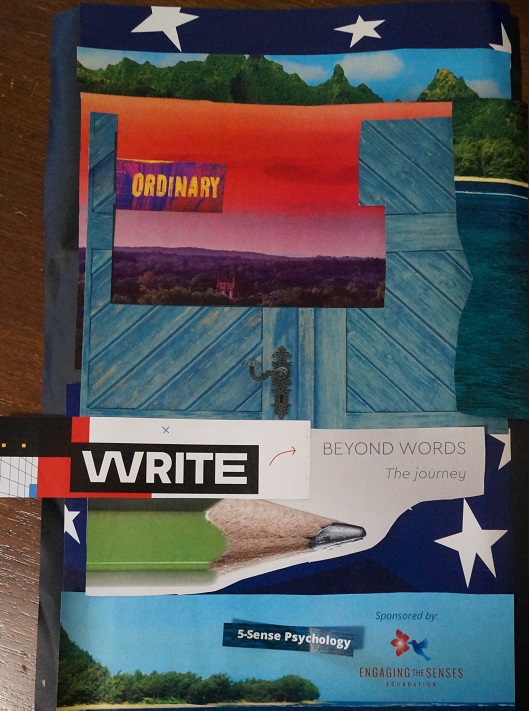In the Q&A with Cathy Park Hong called “Double Doors Open” by Dana Isokawa in the May/June 2020 Poets&Writers Magazine, the word “wedge” is used three times in three different ways.
Dana Isokawa writes, “I spot Hong’s three poetry titles on a top shelf, wedged between Homer’s Odyssey and Garrett Hongo’s Coral Road.” In answer to a question, Cathy Park Hong says, “I had to wedge writing time in when she” (her five year old daughter) “went to swim class or early in the morning before she woke up.” Then when speaking about her essays about her experiences as an Asian-American she says, “sometimes I feel like a traitor, because of how we’re always used as this wedge. We’re not entirely victims nor are we entirely aggressors; we’re somewhere in between.”
That first use of wedge, makes me picture shoving something in, the second makes me think of prying something out, and the third? Being used to create a separation, forcing things/people apart. A poem can work in all of these ways, through juxtaposition, through condensation, and through observation.
A wedge is a simple machine. You have to apply force to make it work.
The Prompts
NaPoWriMo : use alliteration, consonance, and assonance
PAD Challenge : Write a persona poem
Poetry Non-stop : write a poem inspired by fire. This could be a literal fire (like a bonfire, campfire, home fire, wild fire, etc) or a metaphorical fire (like the fuel for passion, love, determination, etc). Whatever sparks your interest!
Today’s Poem
A Fire Friday Morning
I am but fire, fighting
the elements to flicker and flame
fiercely fed fuel for hour after hour
Aflight in the night as he cried
to my pyre about the liars
I flashed and danced
to the boom, boom, boom
of his tunes, but now I see
her light across the lake
and feel faulty, even feeble
on a Friday at five am in the rain
my feisty light must be an odd sight
Does she think me insane
a fire in the rain, or does she
only hear the bass beat boom?
Does she fear for the friendless
or try to forfend a foreign
feeling of foreboding?
She will forget me as light
creeps over the horizon.
A freakish fire that died in the rain.
